PROMOTIONAL RESEARCH
Tesco set out its stall earlier this year when it committed to using 100% renewable electricity by 2030.
This move may be driven by environmental considerations, however, there are clear financial benefits for embracing sustainability.
Tesco has already achieved a saving of around £200m per year through its energy and refrigeration efficiency efforts.
Carbon Trust estimates that a 20% cut in retailers’ energy costs represents the same bottom-line benefit as a 5% increase in sales.
In today’s market where retailers are facing increases in input and a squeeze on consumer spending,taking further measures to cut energy consumption can be an effective way to maintain margins.
In the white paper Sustainability to Profitability, produced in association with British Gas Business, Retail Week speaks to retailers including IKEA, Sainsbury’s, Marks & Spencer and Kingfisher to discover why and how they are investing in sustainable energy.
Three approaches to cutting energy costs
Retailers can group energy projects into three areas: those taking the long view on ROI; easy wins they can bootstrap on to existing processes; and projects that spread the burden.
The long view
This approach is capital intensive and requires upfront investment in initiatives such as renewable energy, as well as using ground-source heating and cooling to improve overall efficiency. Examples of retailers taking the long view include:
- Marks & Spencer, which has built the UK’s largest roof-mounted solar PV installation in its Castle Donington warehouse. It boasts 24,000 panels and provides 25% of the energy needs of the facility.
- Aldi, which has 60,000 solar panels across 240 stores and distribution centres. Energy from these panels, together with a network of renewable electricity, provides all the electricity for its stores and has avoided 6,498 tonnes of carbon emissions to date across the UK and Ireland.
- Sainsbury’s, which has installed nearly 100 biomass boilers and 27 ground-source heat pumps, as well as nine combined heat and power engines and 170,000 solar panels. Installed at more than 250 sites, at peak its solar panels can generate 41MW of power for the business.
Bootstrapping
This approach suggests small changes in processes can lead to significant cost savings. Tesco and Marks & Spencer, for example, have shown that small behavioural change among store and warehouse staff can add up.
Sainsbury’s also believes that awareness campaigns are an important part of the energy efficiency picture.
Paul Crewe, head of sustainability at Sainsbury’s, says: “Our Greenest Grocer programme was an internal campaign to help colleagues in store reduce their energy use.
“By encouraging people to take simple actions – like closing fridge doors and turning down ovens – we’ve saved nearly 8,000 tonnes of carbon emissions and cut £2m from store budgets.”
Elsewhere, Sainsbury’s has installed efficient lighting in stores and introduced LED lighting in more than 670 stores, depots and support centres – nearly half its estate.
Retailers and analysts agree that LED lighting, although a popular choice, is still underused. The payback period is between two to three years – faster than for renewable energy projects.
Spreading out
Dispersing sustainability efforts to customers and supplier operations can also help to develop new business models. Aldi is among the retailers that have looked to its supply base to help reduce costs and emissions.
Mary Dunn, communications director at Aldi UK and Ireland, says: “Our efficient supply chain helps us to reduce emissions across the business, not just in stores. We source produce from the UK wherever possible, which cuts down on travel time.
“Sticking to a carefully selected range allows us to better predict stock levels and only deliver what is needed. This reduces the amount of surplus needing to be removed from stores, further shrinking the carbon footprint of our distribution infrastructure.”
Meanwhile, Marks & Spencer has even collaborated with customers and employees to help fund its renewable energy schemes. Through the M&S Energy Society, it offers them the opportunity to invest in solar PV programmes through green bonds with a 5% return.
To discover how your company can reduce its energy costs, read Sustainability to Profitability, produced in association with British Gas Business, which looks at:
- The rationale for going green
- Making a business case
- Do consumers care?
- How to become energy efficient
Downloads
British-Gas-white paper-August-2017
PDF, Size 1.93 mb








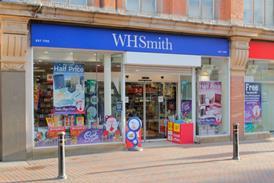
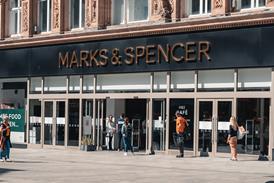










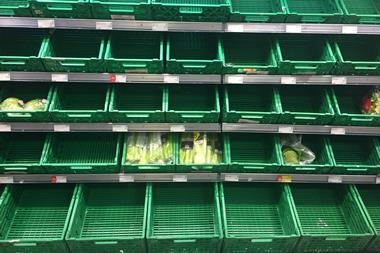
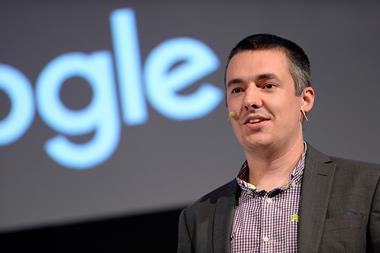
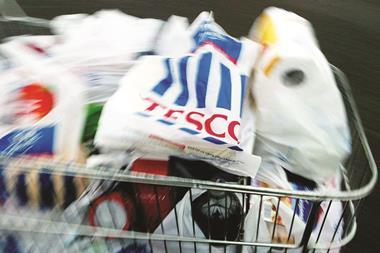
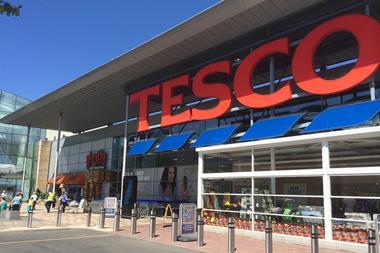
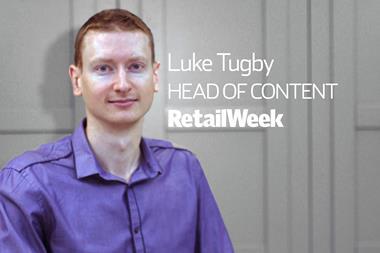
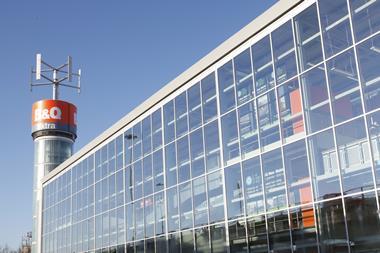
No comments yet